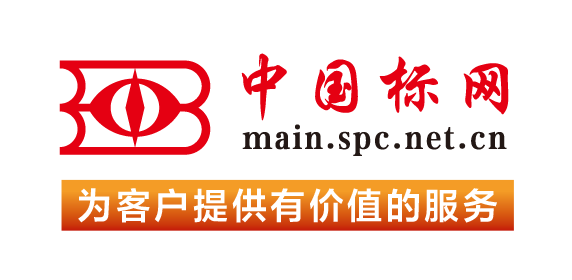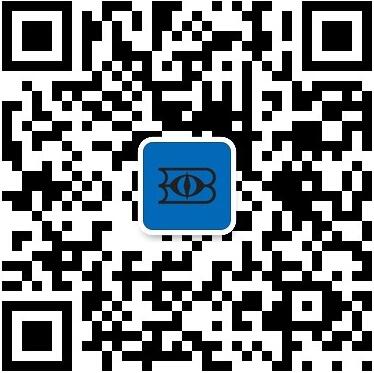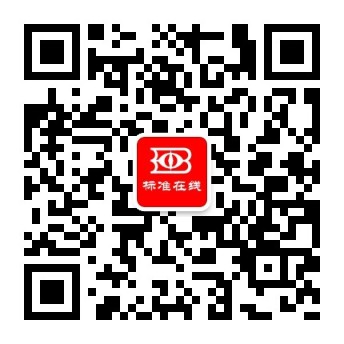【国外标准】 Standard Terminology for Dtl?Nondestructive Examinations
本网站 发布时间:
2024-02-28
开通会员免费在线看70000余条国内标准,赠送文本下载次数,单本最低仅合13.3元!还可享标准出版进度查询、定制跟踪推送、标准查新等超多特权!
查看详情>>
适用范围:
3.1 The terms found in this standard are intended to be used uniformly and consistently in all nondestructive testing standards. The purpose of this standard is to promote a clear understanding and interpretation of the NDT standards in which they are used.1.1 This standard covers the terminology used in the standards prepared by the E07 Committee on Nondestructive Testing. These nondestructive testing (NDT) methods include: acoustic emission, electromagnetic testing, gamma- and X-radiology, leak testing, liquid penetrant testing, magnetic particle testing, neutron radiology and gauging, ultrasonic testing, and other technical methods.1.2 Committee E07 recognizes that the terms examination, testing, and inspection are commonly used as synonyms in nondestructive testing. For uniformity and consistency in E07 nondestructive testing standards, Committee E07 encourages the use of the terms examination or inspection and their derivatives when describing the application of nondestructive test methods. In a specific standard, either examination or inspection shall be used consistently throughout the document. Similarly, E07 encourages the use of the term test and its derivatives when referring to the body of knowledge of a nondestructive testing method. There are, however, appropriate exceptions when the term test and its derivatives may be used to describe the application of a nondestructive test, such as measurements which produce a numeric result (for example, when using the leak testing method to perform a leak test on a component, or an ultrasonic measurement of velocity). Additionally, the term test should be used when referring to the NDT method, that is, Radiologic Testing (RT), Ultrasonic Testing (UT), and so forth. (Example: Radiologic Testing (RT) is often used to examine material to detect internal discontinuities.)NOTE 1: The following sentences clarify this policy and illustrate its use:(a) Nondestructive testing methods are used extensively for the examination or inspection of materials and components.(b) The E07 Committee on Nondestructive Testing has prepared many documents to promote uniform usage of the nondestructive testing methods that are applied to examine or inspect materials and components.(c) Radiologic Testing (RT) is often used to inspect material to detect internal discontinuities.(d) Magnetic Particle Testing (MT), Liquid Penetrant Testing (PT), and Visual Testing (VT) are often used to examine the surface of a component.(e) The Bubble Leak Testing (BLT) method is sometimes used to leak test a pressure containing component to detect leaks.(f) A guide for Nondestructive Testing of additively manufactured materials will describe several methods but a practice will focus on a single inspection method.1.3 Section A defines terms that are common to multiple NDT methods, whereas the subsequent sections define terms pertaining to specific NDT methods.1.4 As shown on the chart below, when a nondestructive examination or inspection produces an indication, the indication is subject to interpretation as false, nonrelevant, or relevant. If it has been interpreted as relevant, the necessary subsequent evaluation will result in the decision to accept or reject the material. With the exception of accept and reject, which retain the meaning found in most dictionaries, all the words used in the chart are defined in Section A.1.5 This international standard was developed in accordance with internationally recognized principles on standardization established in the Decision on Principles for the Development of International Standards, Guides and Recommendations issued by the World Trade Organization Technical Barriers to Trade (TBT) Committee.
标准号:
ASTM E1316-24
标准名称:
Standard Terminology for Dtl?Nondestructive Examinations
英文名称:
Standard Terminology for Dtl?Nondestructive Examinations标准状态:
Active-
发布日期:
-
实施日期:
出版语种:
- 推荐标准
- ASTM 51401-21 Standard Practice for Use of a Dichromate Dosimetry System
- ASTM 51956-21 Standard Practice for Use of a Thermoluminescence-Dosimetry System (TLD System) for Radiation Processing
- ASTM A1010/A1010M-24 Standard Specification for Higher-Strength Martensitic Stainless Steel Plate, Sheet, and Strip
- ASTM A1016/A1016M-24 Standard Specification for General Requirements for Ferritic Alloy Steel, Austenitic Alloy Steel, and Stainless Steel Tubes
- ASTM A105/A105M-24 Standard Specification for Carbon Steel Forgings for Piping Applications
- ASTM A1064/A1064M-24 Standard Specification for Carbon-Steel Wire and Welded Wire Reinforcement, Plain and Deformed, for Concrete
- ASTM A108-24 Standard Specification for Steel Bar, Carbon and Alloy, Cold-Finished
- ASTM A1080/A1080M-24 Standard Practice for Hot Isostatic Pressing of Steel, Stainless Steel, and Related Alloy Castings
- ASTM A1090/A1090M-19(2024) Standard Specification for Forged Rings and Hollows for Use as Base Plates in Power Transmission Structures
- ASTM A1115/A1115M-24 Standard Practice for Construction of Mechanically Stabilized Earth Walls with Inextensible Soil Reinforcement
- ASTM A1128-24 Standard Specification for Stainless Steel Shielded, Rubber Gasketed Couplings Having an Integral Restraint Feature for Joining Hubless Cast Iron Soil Pipes and Fittings Where External Restraint Is Required
- ASTM A179/A179M-24 Standard Specification for Seamless Cold-Drawn Low-Carbon Steel Heat-Exchanger and Condenser Tubes
- ASTM A234/A234M-24 Standard Specification for Piping Fittings of Wrought Carbon Steel and Alloy Steel for Moderate and High Temperature Service
- ASTM A242/A242M-24 Standard Specification for High-Strength Low-Alloy Structural Steel
- ASTM A249/A249M-24a Standard Specification for Welded Austenitic Steel Boiler, Superheater, Heat-Exchanger, and Condenser Tubes
 我的标准
我的标准 购物车
购物车 400-168-0010
400-168-0010














